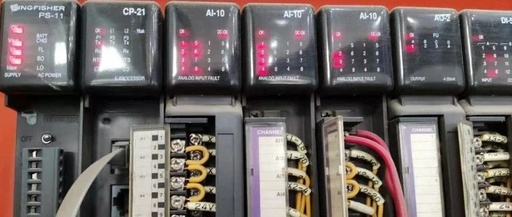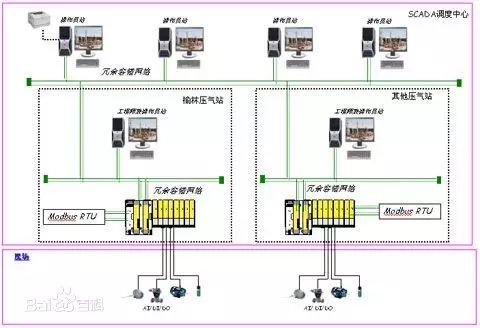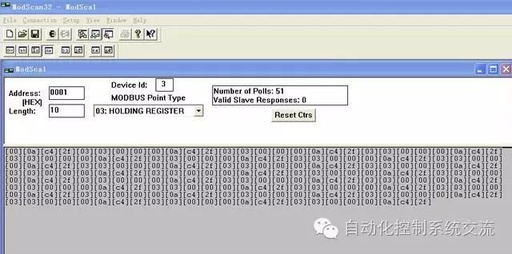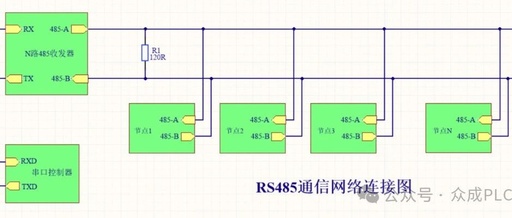Understanding CAN Bus Protocol – CANOpen Series Tutorial 02
Follow Our Public Account to Not Miss Any Updates!! This tutorial was originally published by the author strongerHuang in September 2018. Tags: CAN, CANOpen, CanFestival Copyright: Commercial Use Prohibited Disclaimer:This document is for personal learning use only. Please contact the author for authorization before reprinting. 1Introduction The previous article discussed CAN and CANOpen, and I … Read more









